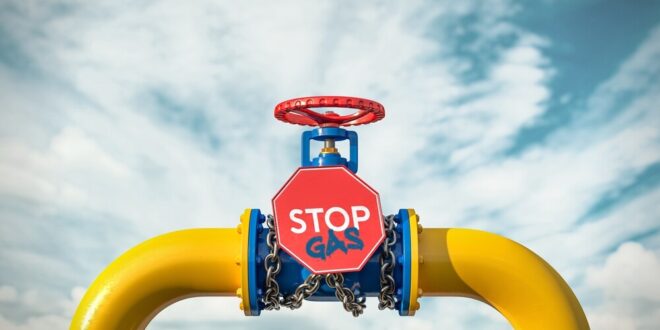The European gas market still faced “major uncertainties” ahead of winter and a full halt to Russian gas flows could reignite tension, said the International Energy Agency (IEA).
“Fierce competition for gas supplies could also emerge if northeast Asia experiences colder than usual weather and economic growth is stronger than expected in China,” it added in its annual gas market report published late on Monday.
LNG had become a “baseload source of supply” for Europe, with its share in total EU demand rising from an average of 12% over the 2010s to close to 35% in 2022 – similar to the contribution from Russia’s piped gas before the invasion of Ukraine, it added.
However, the region was in direct competition with Asia for deliveries of the chilled fuel, with the latter offering a premium in terms of pricing amid rising demand there.
Consequently, the flexibility of gas supply needed to be reassessed in light of the phase-out of Russian piped gas exports to the EU, said the IEA.
Closer dialogue
As producers and consumers engaged in closer dialogue to address these dynamics, “they should explore the development of innovative commercial offerings, new procurement mechanisms and cooperative frameworks favouring a more flexible supply of LNG”.
These warnings came despite high inventory levels, with EU storage sites set to reach 90% of their working capacity by early August and potentially filled close to 100% by mid-September, said the Paris-based agency.
“However, full storage sites are no guarantee against market volatility during the winter.”
European gas prices surged to record highs around EUR 300/MWh in the wake of Russia’s invasion of Ukraine in February 2022 on supply fears as Moscow curtailed flows, though price levels had since fallen dramatically.
Front-month gas on the benchmark Dutch TTF hub was now trading at around EUR 25/MWh, though the IEA said the war had “transformed the structure” of the market.
 Iran Energy News Oil, Gas, Petrochemical and Energy Field Specialized Channel
Iran Energy News Oil, Gas, Petrochemical and Energy Field Specialized Channel




